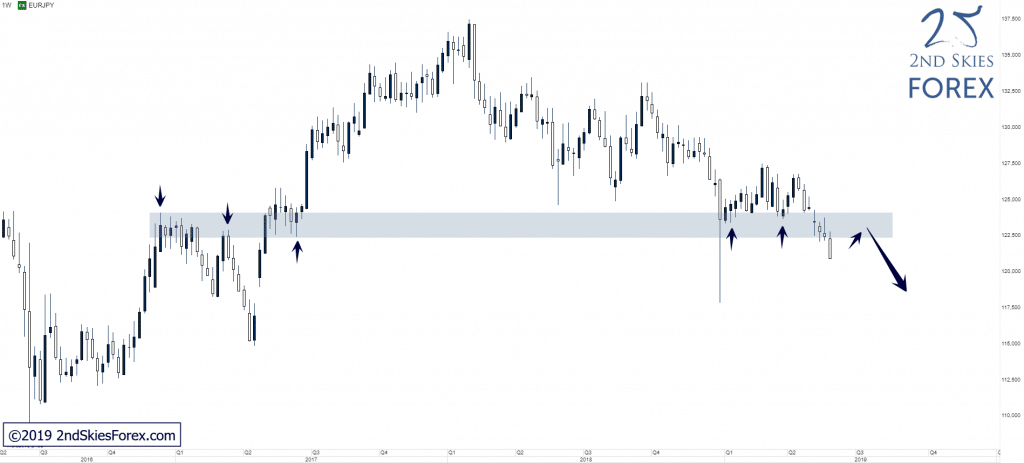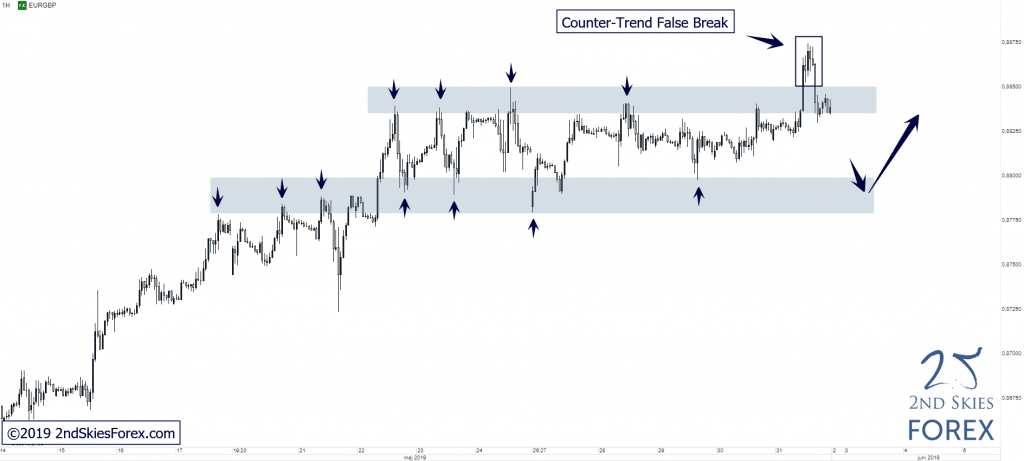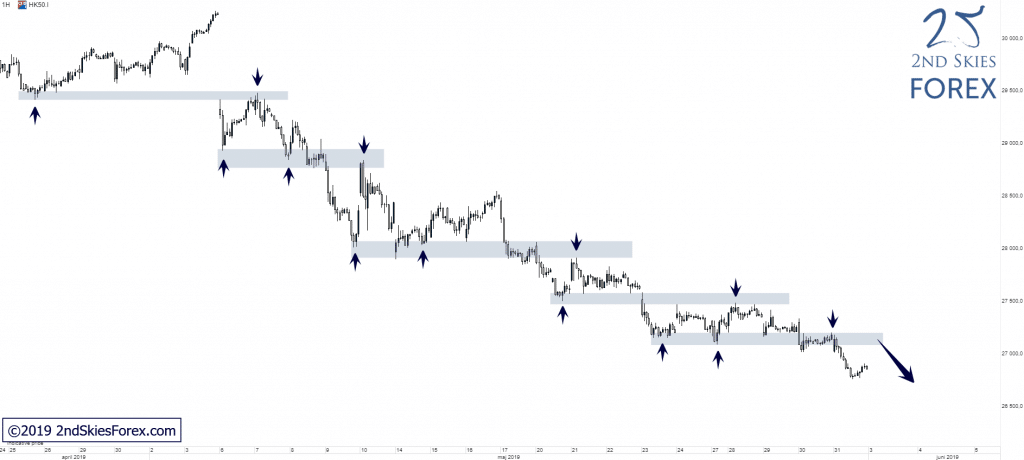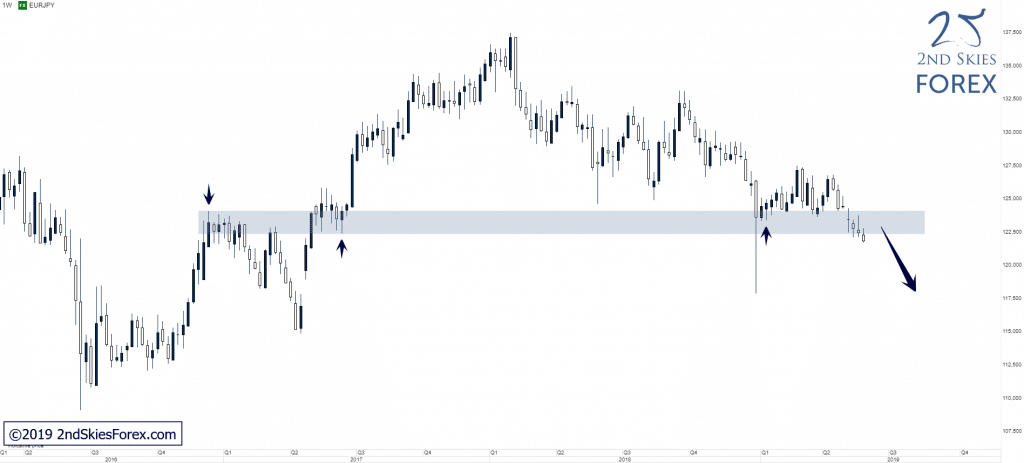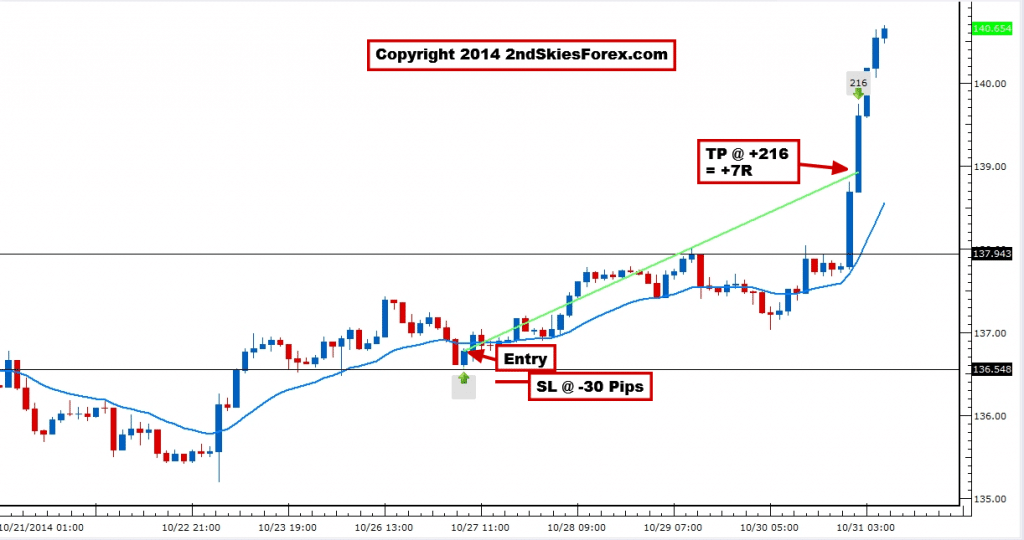Today’s price action tip article is designed to give any beginning, or non-profitable trader, 2 critical tips to help accelerate your learning curve and avoid the pitfalls almost everyone falls into. If you can learn to follow these two beginner forex trading tips, then you will find yourself making more winning trades, along with less mistakes that tend to get you in trouble.
Trading is already hard enough, regardless of your level, so integrating these two tips will help you to make more winning trades.
Tip #1: Trade Only When The Price Action & Direction Is Clear
Although this may seem confusing for the beginner, as price action rarely seems clear, there is actually a simple model to determine whether the price action and direction is clear.
The model I use daily to determine the direction/clarity of the market is looking for impulsive price action moves. To briefly sum it up, impulsive price action is when the institutional players (those that move the market) are either heavily buying or heavily selling the market. You can spot these moves by three simple characteristics;
1) The bars are quite large
2) They are mostly one color
3) They have closes towards the highs or lows (in the direction of the move)
When you see these three things, you almost always have an impulsive move. And when you have an impulsive move, those that move the market are predominantly pushing it in one direction, which is the direction you want to trade with. When you can find the correct direction, and trade it, you give yourself the greatest probability of making money.
An example of some impulsive moves are below, and you will see when looking at the chart, you will definitely want to be trading in that direction.
Silver 4hr Chart
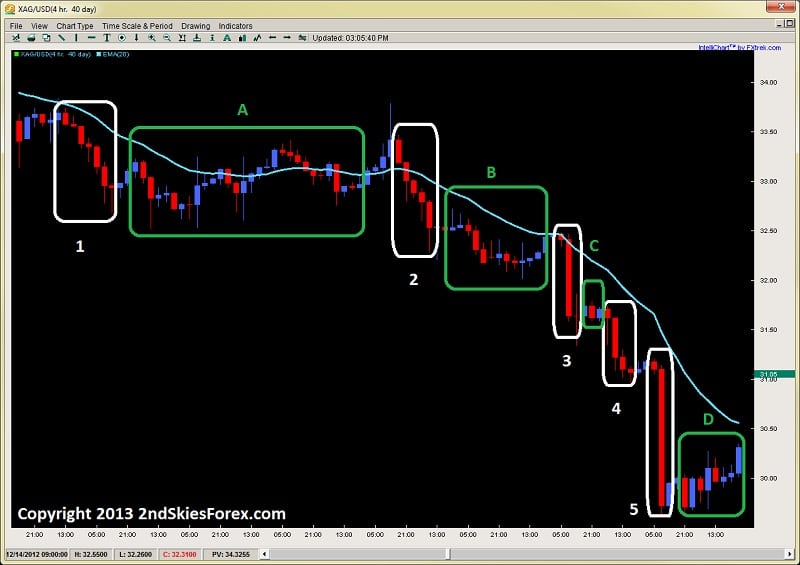
Looking at the chart above, you will see two colors of boxes; White and Green. If you look at all the white boxes above, you will all notice they have the three characteristics of impulsive moves described above.
Compare them to the green boxes – these have the opposite of the 3 characteristics of impulsive moves. These are called corrective moves, and for beginning traders, they should be avoided as a whole. When in doubt, if you do not have a clear market or impulsive moves, avoid trading.
Often times for beginning traders, finding the right direction is difficult, and it seems like you tend to find the opposite side of the move. By learning to only trade with impulsive moves and the price action is clear, you are saying to yourself, ‘I’m only going to fish when the easy fish are around’.
Tip #2: When Trend Trading – Best to Buy or Sell When the Prior Bar Closes in Your Direction
This is a general rule I suggest to use until you get really good at trading trends. The reason for this is simple;
a) If you are looking to buy in an uptrend, you have a greater chance of being correct when the last bar to close, closed bullish.
b) If you are looking to sell in a downtrend, you have the greater chance of being correct when the last bar to close, closed bearish
If you think about it – when looking to buy in an uptrend and the last bar closed bullish, it is a confirmation for the last candle (and time), the bulls were in control. This bullish close is more likely to inspire bulls the trend is still alive.
Contrast this to buying when the bears demonstrated control on the last bar. This means they dominated the order flow for that bar, and may be pushing against your orders. This increases the chance the bulls will take profit after seeing a bear bar as opposed to a bull bar (continuation).
However, if the bulls demonstrated control on the last bar, then they are likely still present pushing the market in your favor, so this gives you a greater probability to have follow through on your trade when you enter the market.
Two examples are below.
GBPJPY 4hr Chart
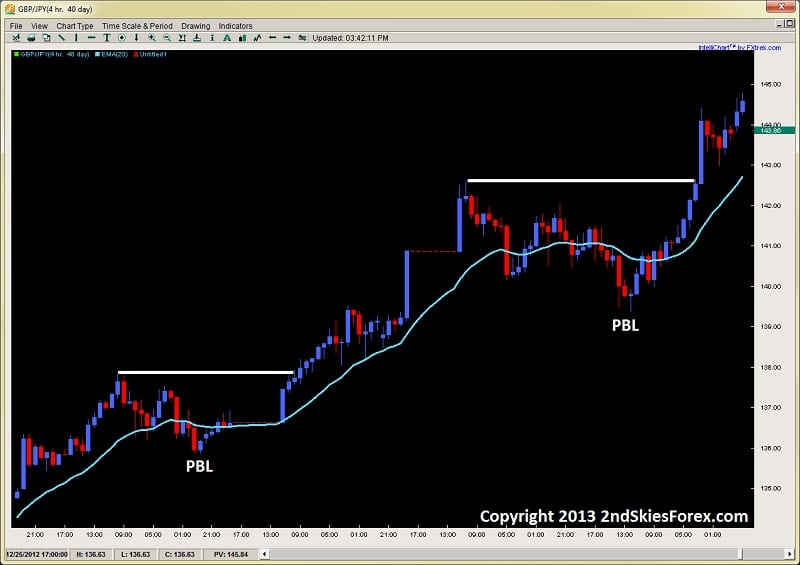
In this chart, we clearly have an uptrend, which offers a couple of with trend pullbacks. In these pullbacks, you will see two PBL’s (Pullback Lows), which led to a breakout of the prior SH (Swing High) for the trend. You will notice in both of them, the low for the pullback was a bull candle, and the follow up price action was a strong series of bull candles to follow.
Another example is in the chart below on the EURJPY 4hr Chart
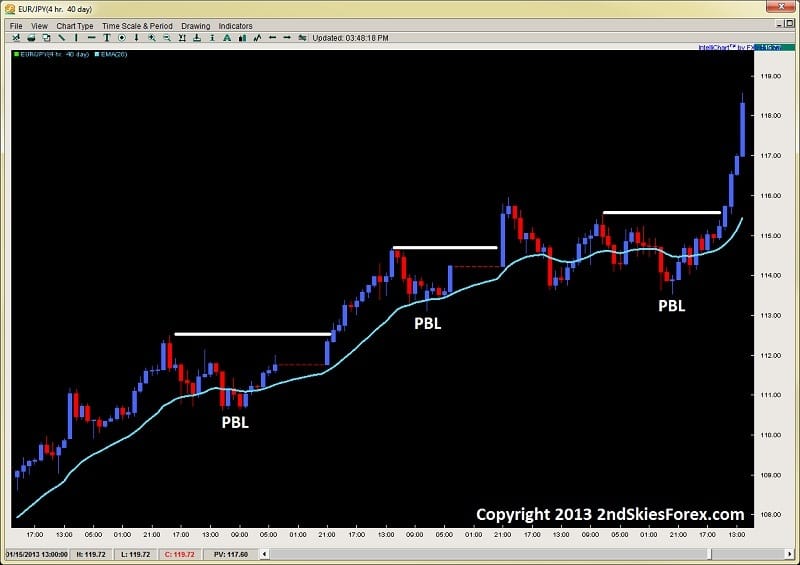
In this chart, we have 3 major with trend pullbacks, and in two out of three of them, the PBL’s had a bull bar at the bottom, also demonstrating this principle. As a general rule, bulls will feel more confident buying a pullback (or breakout) in a trend, when the last bar closed bullish. This is a stronger communication the bulls have been able to take control of the price action and order flow for the last bar.
In Summary
Trading is already challenging enough, and finding the right direction is one of the most crucial aspects to making good trades. In the beginning, you already have enough to think about, so try to keep it simple, and trade when the direction is clear. Look for impulsive price action moves as much as possible, and when you find them, trade in that direction.
However, when the price action is not clear, try to stay out until a clear signal and market emerges.
When trend trading, you have a much better chance in the beginning, if you buy/sell when the last bar closes in your direction. This closing in your direction is a clearer communication from the market, the bulls/bears are more likely in control, and in your favor.
I hope these two beginner forex trading tips help you.
To learn more price action techniques and systems, make sure to check out my price action course where I have a large community of traders, posting live trade setups daily, and I teach them how to read and trade price action.
